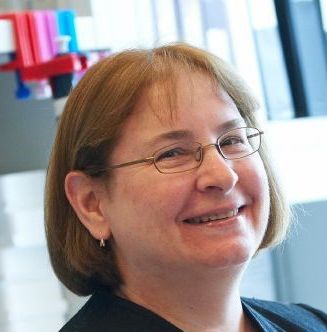使用账号密码登录
Welcome Back
使用表单注册
Welcome Back
Brief Introduction
Maria Jasin obtained a Ph.D. from the MIT and was a postdoctoral fellow at the University of Zürich and at Stanford University. Her lab at Memorial Sloan Kettering Cancer Center performed the first gene editing experiment, expressing a rare-cutting endonuclease to generate a DNA double-strand break (DSB) in the mammalian genome and developing genetic and molecular assays to identify DSB repair events. These experiments established a crucial role for both homologous recombination, also called homology-directed repair (HDR), and nonhomologous end-joining (NHEJ) in DSB repair: A DSB repaired by NHEJ leads to a variety of mutations in the genome, while a DSB repaired by HDR leads to a predetermined modification. With the approaches established in the lab, the breast cancer suppressors BRCA1 and BRCA2 were determined to be crucial for HDR repair, thus implicating HDR as a tumor suppression mechanism. The lab also has a major effort directed at understanding the generation and repair of programmed DSBs during meiotic progression which are essential for genome transmission. Dr. Jasin is a member of NAS, NAM, and the American Academy of Arts and Sciences. She was awarded the Basser Global Prize for BRCA Research in 2018 and the Shaw Prize in Life Science and Medicine in 2019.
Recombination mechanisms revealed through high resolution mapping of double-strand break repair events at mouse meiotic hotspots
Homologous recombination (HR) is a critical DNA repair mechanism in both mitotic and meiotic mammalian cells, in addition to being an important pathway for genome modification. In mitotic cells, it serves to repair lesions arising during DNA replication. In meiotic cells, double-strand break (DSB) formation is part of the meiotic program, such that hundreds of DSBs are introduced at a fraction of the thousands of meiotic DSB hotspots. Repair of these DSBs using the chromosome homolog is critical for successful meiotic divisions, due to the requirement for interhomog pairing and crossing over. A favored model for HR derives from 1983 from a model proposed by Szostak, Orr-Weaver, Rothstein, and Stahl for events in budding yeast. By generating high resolution meiotic recombination maps at a hotspot, including heteroduplex DNA, we reconsider this model for mammalian meiotic recombination events.

